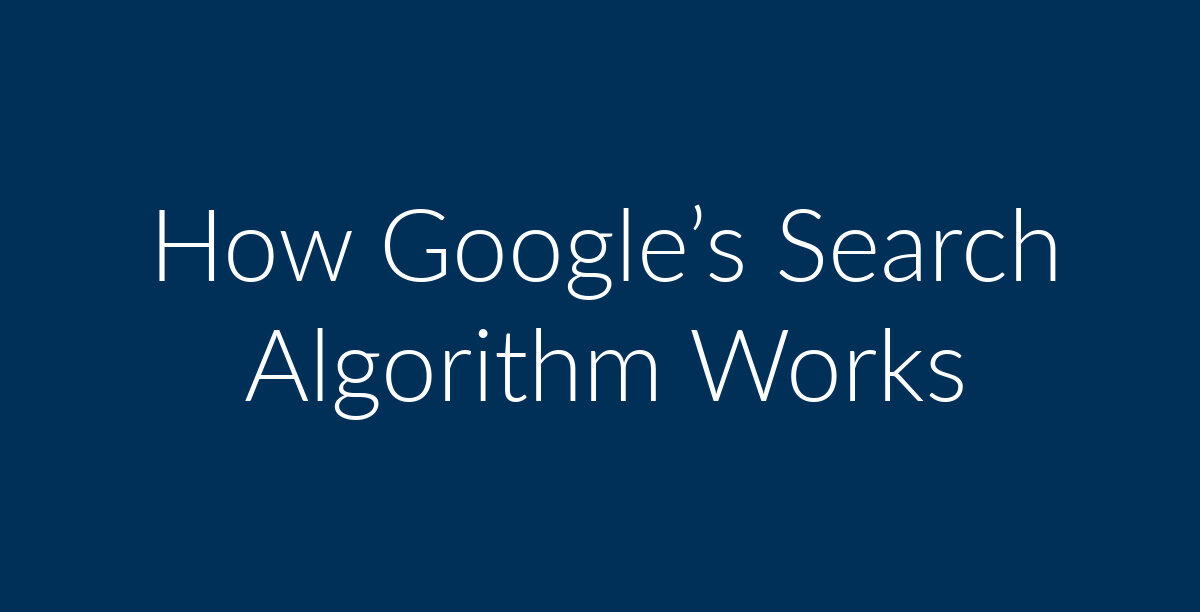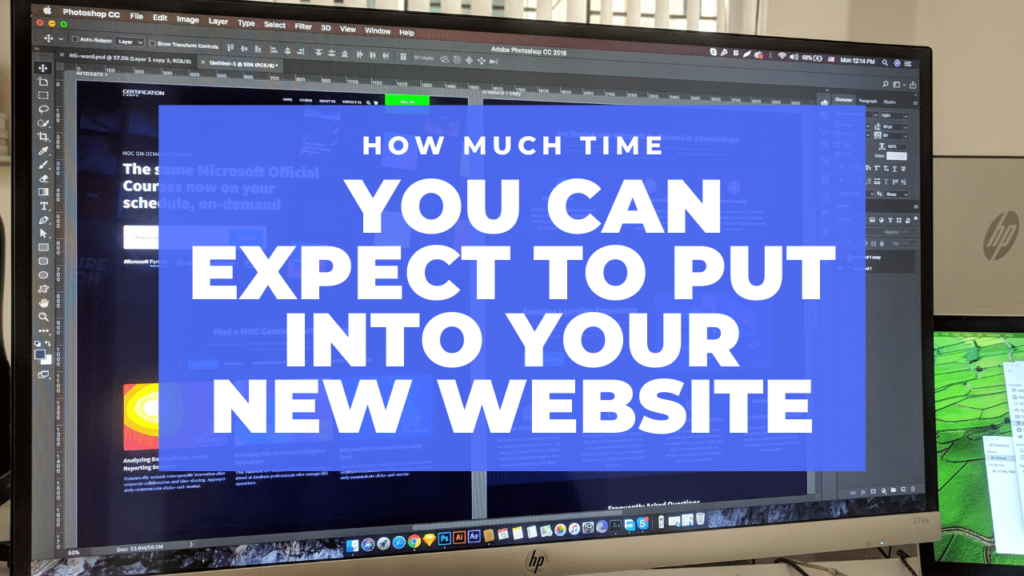
I was kind of surprised to see Matt Cutts talk about how search algorithm works. While he doesn’t give away Google’s secret recipe, and marketer should know the flow of “How Search Works“. So here’s the path of the ranking algorithm. After Google has crawled the trillions of webpages, they began to get sorted out. Based on clues of spelling, synonyms, query understanding, auto-complete, search methods, and Google Instant, relevant documents are pulled from the index.
From there Google’s flow goes to Site and Page Quality. This has to do with onsite SEO, PageRank, URL Social Media shares, and various other ranking factors. This is where almost all SEOs focus.
After Site and Page Quality, it goes through the Freshness algorithm. I want to take a moment to expand here. Most SEOs don’t even focus on freshness. They just put up a page and think it’ll go to the 1st page. I always hear beginner SEOs and even some intermediate SEOs complain about how their #1 ranking has dropped to the middle of the page. The easiest way to make a come back is to update your content. What? You haven’t updated your site in 2 years? Should you be ranking for #1? Really? Update you content! Google says right there in their diagram that “Freshness” is a part of their algorithm. You can update pages, products and even old blog posts that are still relevant.
After Freshness, there is Safe Search. Safe Search relates to content, images and videos that are adult related.
Following comes User Context. This includes a users geographic region, web history, personalization, among other factors. A user’s search query may look different than someone else’s. For example, if someone in Los Angeles types in auto repair, Google shows local Maps for LA. If a user in Houston uses the same search, Google will display local Maps for Houston. User Context is tailored to the individual.
Translation is next in line. If your website is written in Spanish and you want to target users Spanish speakers in USA, then your site will only show to people who do search queries in Spanish.
Then finally comes Universal Search. This is where you see organic, mixed with Google News, Google Maps, Youtube and more.
Matt Cutts talks a lot about what it is like to be part of webspam team in the video below.



